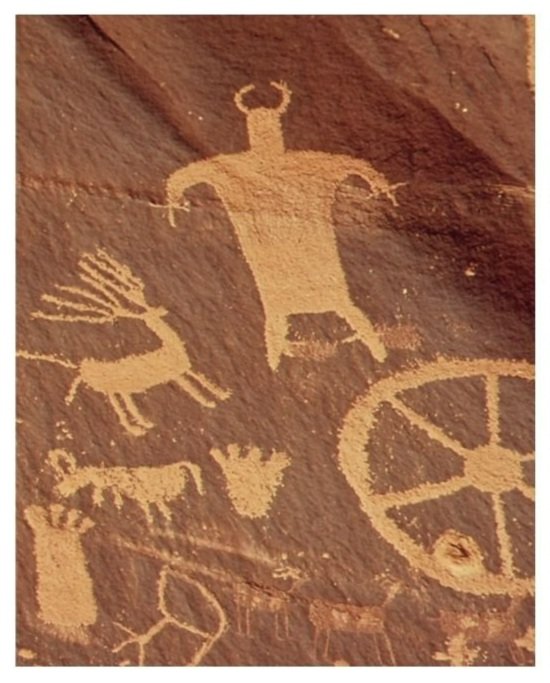The Jordan River
The Jordan River is approximately 51 miles long. It is a north-flowing river that connects Utah Lake to Great Salt Lake.
Human impact has altered the Jordan River in many ways. It has endured decades of channelization, development, urban and agricultural runoff, invasive species and more. Not all of these changes have been good for the wildlife that depend upon the river and its habitat. You can help the river recover its natural glory by participating in habitat restoration projects, trash clean ups, and safely enjoying the Jordan River by participating in appropriate activities.
The Jordan River didn’t always look like it does today. Learn more about the History of the Jordan River below.
History of the Jordan River: A Timeline
20,000 BCE – Lake Bonneville

Lake Bonneville is an ancient lake that covered much of what is now Western Utah. At its largest, Lake Bonneville was about 325 miles long, 135 miles wide, and had a maximum depth of over 1,000 feet. The climate was cooler and wetter then. Early mammals, reptiles, amphibians, and fish lived here during this time.
16,800 BCE – Lake Bonneville Floods
Lake Bonneville rose high enough to begin flowing out of Red Rock Pass, eroding the pass until a massive flood drained the basin. Water rushed out to the Pacific Ocean through the Snake and Columbia Rivers. A change to a drier climate followed, further reducing the lake to what exists today: the Great Salt Lake, fed by the Bear, Weber, and Jordan Rivers.
10,000 BCE – Human Inhabitants

The first known inhabitants along the Jordan River were nomadic hunter-gatherers.
Huntington mammoth fossils whose age overlaps with this time have been found in the Salt Lake Valley, so these early inhabitants may have hunted mammoths for food.
400 CE – Freemonth People
The next recorded inhabitants were the Fremont people (400 A.D. to around 1350 A.D). These people were composed of scattered bands of hunters and farmers. The disappearance of the Fremont people has been attributed to both changing climatic conditions, which put an end to favorable weather for farming, and to the arrival of ancestors to the present-day Ute, Paiute, and Northwestern Shoshone.
The Jordan River Nature Center is on the lands of the Goshute and Eastern Shoshone Tribes. Both tribes used this section of the Jordan River, and the Ute Tribe used portions of the River south of here.
1847 CE – Pioneers Arrive
In July of 1847, the first members of the Church of Jesus Christ of Latter Day Saints arrived in the Salt Lake Valley. By 1850, colonizer settlements were established along the Jordan River, Big Cottonwood Creek, Little Cottonwood Creek, Mill Creek, Parley’s Creek and Emigration Creek.

The Jordan River Commission formed in 2010. It is a group of governmental entities and non-governmental organizations all invested in the Jordan River. Members work together on projects to enhance the river and engage community members in the river. The Jordan River Nature Center is proud to be sustained in part by support from the Jordan River Commission.
